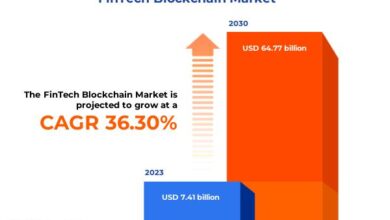What’s the future of card schemes?

I got into a new debate yesterday, talking with two guys who are formerly with big card companies (shush, you know who), and we started debating the four-pillar model that’s been around for the last half century.
The model is the basis of the card industry and involves acquiring merchants, issuing cards through banks, and then allowing a merchant and customer to transact. The issue with the model for many is the fact that each player in those four pillars adds costs and fees, generally called interchange fees although, just as easily, could be called fat-cat fees.
This has been under debate in the USA and Europe for the last decade, with limits and caps on fees, so my question to my card friends is: will the four-pillar model still exist in ten years?
Interestingly, one said yes and the other said no.
The reason why the model is cracked is not just the fee structures but the nature of how the new network – called the internet (it’s not that new) – could break the mould.
We are already seeing the mould being broken through cryptocurrencies, removing banks from the payments process. So, could this extend into merchant-customer transactions generally?
That was how our debate started. It did not reach a conclusion however, as the core of the debate is that you will always need a card issuer and acquirer to allow a transaction to take place, whether it’s in a mobile wallet or at the point-of-sale. The ubiquity, acceptability, brand and recognition of the major card providers are pervasive and cannot be ignored. The fact that you have authenticated and verified payment tokens – it does not need to be a physical card – is what the major firms do well, and that will never go away, particularly as their tokens are recognised and accepted in more places everywhere and anywhere.
Countering that view is that it’s not everywhere and anywhere. It’s in the Americas and Europe. China doesn’t like the big card companies, as they have their own card scheme and, due to the nature of the market there, have moved on to QR codes which require no issuer or acquirer. Instead, it’s become a three-pillar model of connecting merchants and customers through a platform.
The same could be argued in other major markets like India, where the Unified Payments Interface (UPI) has allowed Google and PayTM to become major players, displacing the traditional service providers.
Then we got to talk about the fact that peer-to-peer payments with no intermediation via cryptocurrencies creates a two-pillar model. We just pay each other direct through the network with no interchange fees involved, because there are no intermediaries.
We continued the debate further and, as mentioned, could not reach a conclusion. However, my conclusion is that the intermediation of payments is under attack from the network of the people and, whether it be three- or two- pillars, it won’t be four in the future.



